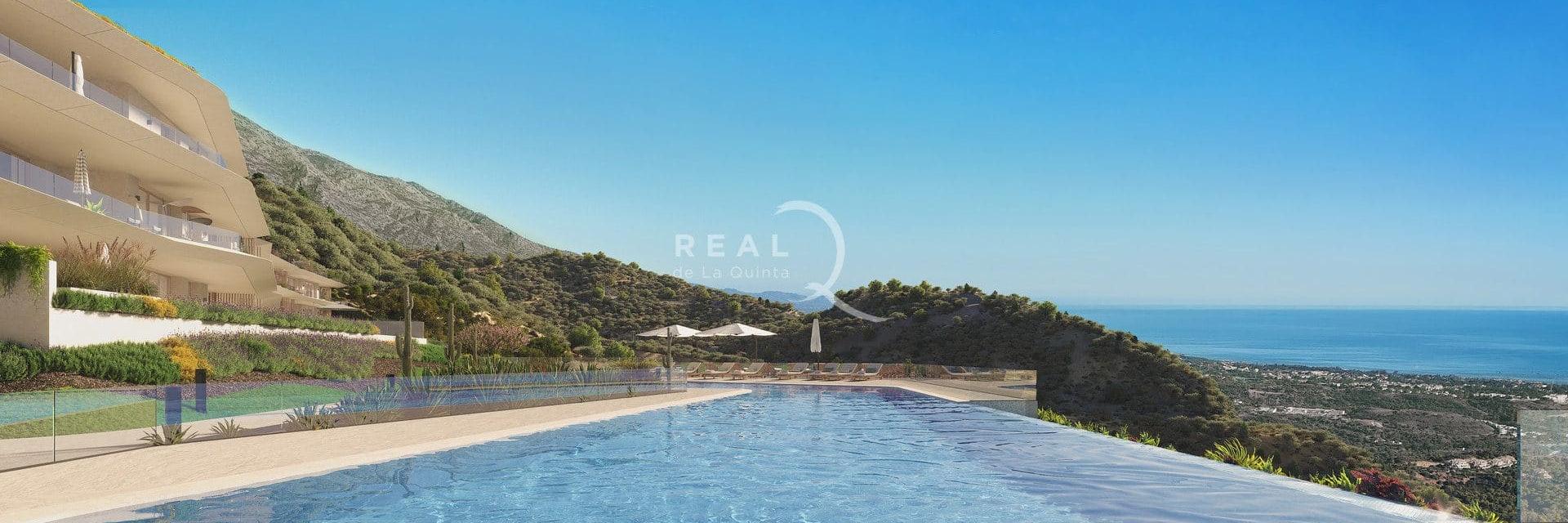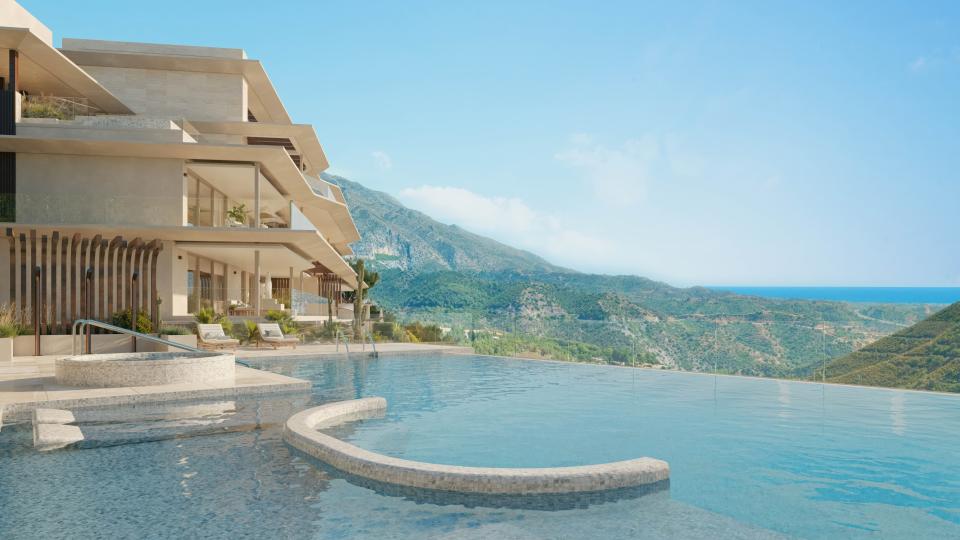
5 tips for maintaining your swimming pool
With the arrival of warm weather, it's time to kick off the swimming pool season. To ensure the best dips this summer, proper maintenance is essential. These pool maintenance tips are key to keeping your pool running smoothly.
Year-round pool maintenance
Pool maintenance throughout the year. Private pool maintenance should not be seasonal. It is much more efficient and economical to carry out certain routines throughout the year, before and after use, rather than waiting until the last minute.
It is not overly complicated. Pool maintenance tasks are easier if they are carried out regularly, paying attention to five basic aspects:
1. Limpieza del vaso
Leaves and insects that remain on the surface should be removed, and the walls and bottom should be cleaned. For the latter, automatic pool cleaners (robot-type) can be used, which do all the work effortlessly. Before using the pool again after a long period of disuse, it is advisable to use the pool cleaner at least once a day for a week. There are also specific cleaning products for the waterline and the ground around the pool.
2. Cleaning mechanisms
A swimming pool is much more than just a hole filled with water. Hygiene and safety guarantees are obtained through three basic mechanisms that become dirty over time and must be regularly maintained:
- Filters: in pools with sand filters, use the backwash position on the pump to expel any debris.
- Skimmer: remove it from its housing and clean it with mild soap and a jet of pressurised water.
- Jet nozzles: these can be easily removed from their position and cleaned with a brush.
3. Checking elements
Once the most basic components have been cleaned, the mechanisms must be checked, paying special attention to:
- Pump: if it has not been used for a long time, it may need to be purged (air removed). Check that the circuit remains watertight and that there are no leaks in the joints.
- Skimmer: the water level should be halfway or slightly above, leaving enough space to the skimmer inlet.
- Hoses and pipes: connectors and flexible sections suffer most from deterioration over time and limescale. It is important to check that there are no leaks, in which case the affected parts will need to be replaced.
To get the entire circuit ready after servicing, simply leave the filter connected all day.
4. Check and adjust water conditions
The pH level of the water can be checked using test strips, electronic meters or tablets, and should be maintained between 7.2 and 7.6. Depending on the measurement result, it may be necessary to apply preservatives or stabilisers, such as chlorine, anti-scale or flocculant.
The simplest solution is to use an electronic regulator that directly doses the product required into the water at any given time.
5. General refurbishment
The final step in pool maintenance is to prepare all external elements, such as the shower or steps, checking that the materials and anchors are in good condition.
Routines for proper pool maintenance
Maintaining private swimming pools is not too demanding if done regularly. Therefore, it is best to establish certain basic weekly routines, in addition to more thorough periodic inspections.
- Remove debris, leaves and insects from the surface.
- Adjust the pH of the water (there are devices that do this automatically).
- Test the chlorine level (free residual chlorine should be between 0.5-1.0 ppm to be effective against microorganisms).
- Check and clean the filter and skimmer.




